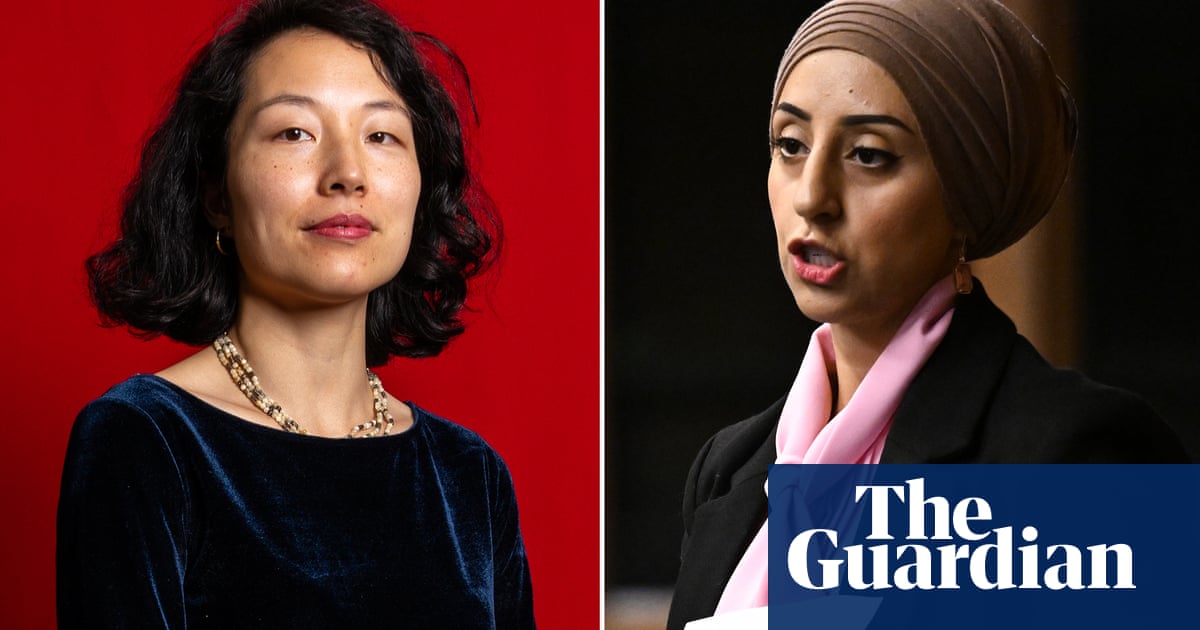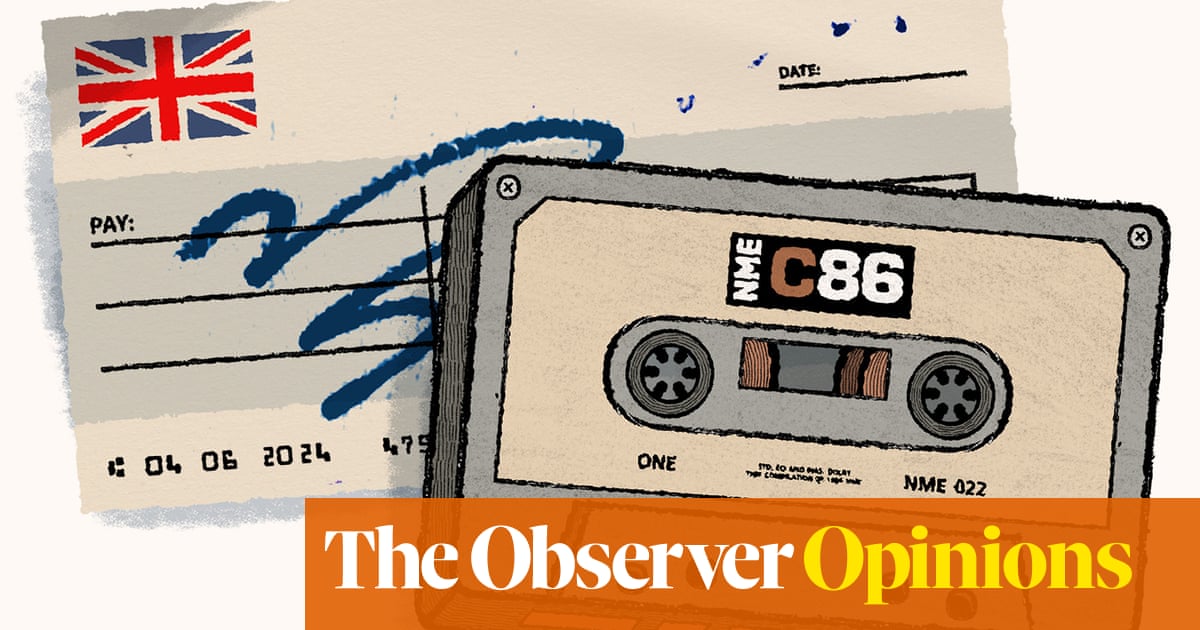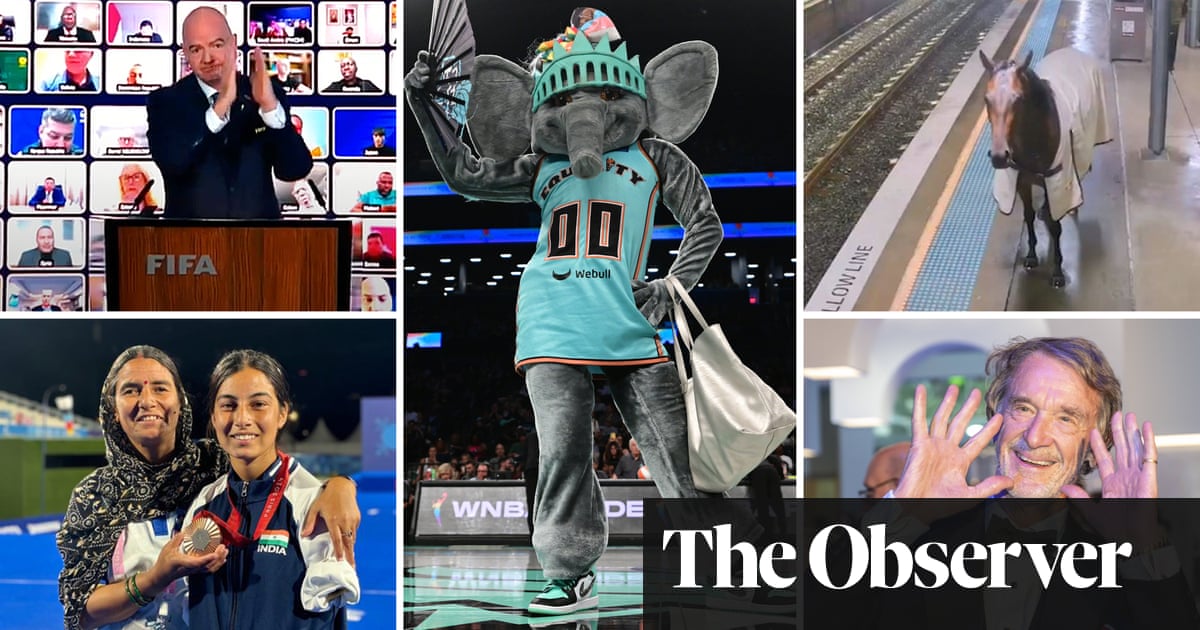In I am The Walrus, John Lennon told us: “Man, you should have seen them kicking Edgar Allan Poe”. Lennon’s song, from the EP Magical Mystery Tour, is a two-fingered salute to academic efforts to impose an interpretative framework on the Beatles’ creativity.
He wrote it after learning from a pupil at his former school that the English teacher was tasking boys with formal literary analysis of Beatles lyrics. Hence the reference to Poe, which follows hard on the incongruous image of a “semolina pilchard climbing up the Eiffel Tower”. “Let the fuckers work that one out, Pete!”, Lennon told former bandmate Pete Shotton.
Did Lennon see himself as another Poe – one more Byronic poet picked apart by moralising critics and overinterpreted by obsessive fans? Or was that just another blind in a series of absurdist non-sequiturs, deliberately constructed to resist logical interpretation? To this day, Poe fans are among the most active literary communities online, hurling fury at actors including John Cusack and Harry Melling who have the nerve to portray their idol on screen.
Yet even legacy sci-fi Poe fans have nothing on Beatles buffs. Last week, Sam Mendes unveiled the four actors chosen to play the Beatles in four interwoven biopics: Barry Keoghan as Ringo Starr, Paul Mescal as Paul McCartney, Harris Dickinson as John Lennon and Joseph Quinn as George Harrison. One hopes that Mendes ducked for cover or found a spot for some nice transcendental meditation until the fuss dies down.

None of the actors are from Liverpool, which is apparently a problem. Radio Times argues that all four are too well known to portray iconic musicians without their own cultural associations. “It would take less suspension of disbelief with an unknown than it does to buy that the long-haired guitar player from Stranger Things is actually George Harrison,” writes the magazine’s Patrick Cremona.
Two of the chosen actors are English, and two are Irish. This means that Mendes now stands accused of erasing the Beatles’ cultural heritage in two different ways.
The Beatles furore is the latest in a cultural phenomenon that routinely sees movies torn apart online before they’ve even finished filming. Snow White, Disney’s recent $250m flop, was troubled early on by rows about the casting of Rachel Zegler, and the question of whether it was more offensive to actors with dwarfism to cast them exclusively as Snow White’s companions, or to replace them with CGI.
Last week, images were leaked from the shoot of Emerald Fennell’s forthcoming adaptation of Emily Brontë’s Wuthering Heights. Margot Robbie, who plays Catherine Earnshaw, has been seen in a white wedding dress, which has distressed self-proclaimed historical experts.

Has Fennell committed a crime against period dress? Even Vogue felt the need to weigh in.
Fennell’s Wuthering Heights has been under fire since it announced lead casting last September. Part of this was inevitable: a female artist such as Fennell, who is both hyper-talented and hyper-privileged, gets two successful films or albums before the envious backlash kicks in.
It didn’t help that, in tackling Wuthering Heights, she was taking on one of the few classic novels to touch with nuance on race in 19th-century England – a nuance altogether lacking from the social media chat about ethnicity and casting.
Robbie’s co-star is Jacob Elordi, a white, dark-haired actor who plays the adult incarnation of the outcast orphan Heathcliff. Brontë clearly wrote Heathcliff as a character who is ostracised in rural Yorkshire in part because he looks foreign to English eyes.
In Andrea Arnold’s 2011 adaptation, Heathcliff was played by James Howson, the first actor of black heritage to take the role.
To many racially conscious Brontë fans, including prominent American film critics, Fennell’s choice of a white actor felt like a step backwards. But what form Heathcliff’s “foreignness” takes is deliberately ambiguous in Brontë’s text. In a much-analysed line, one neighbour says Heathcliff could be “a little Lascar, or an American or Spanish castaway”. Arnold herself had originally searched for a Romany actor.
All the text tells us for sure is that Heathcliff’s adoptive father claims to have found him on the streets of Liverpool. The city’s associations with the slave trade often suggest to contemporary readers that Heathcliff is the child of an enslaved African. That is entirely possible.
But it is also possible he was the child of the seafaring Spanish and Basque community, established in Liverpool during the 19th century. One such prominent family was the Elordietas. They would have looked not unlike a certain Jacob Elordi, whose Basque father emigrated to Australia at the age of eight.
When we assume that a dark-haired outsider must be of African origin, we let English racism off the hook. We forget how narrowly beauty standards defined “Englishness” to exclude even a hint of darker colouring. English chroniclers under the Tudors, keen to whip up anti-Spanish prejudice, would routinely accuse the Spanish population of being miscegenated with north African blood, attributing conventional Spanish dark looks to this ancestry. These attitudes were still around in Brontë’s day.
Yet the rows consuming the Beatles, Snow White and Wuthering Heights are part of a much bigger story than our limited view of English racism. They emerge because we are now consuming culture in a new way. The shift owes much to what academics term “participatory culture” – a fan experience exemplified by the rise of 21st-century franchises such as Harry Potter and Game of Thrones, in which collectively interpreting clues is key to how fans theorise about the future plot twists. This should excite literary critics: hermeneutics is suddenly part of popular culture.
But if we understand culture as a series of clues to uncover “the truth” of classic stories – even historical stories such as that of the Beatles – we also risk imposing our truths on adaptations before they’ve even had a chance to develop.
Mendes and Fennell will be ripe for criticism when their films are released. If we can’t wait until then, let’s at least hold off until their films have wrapped. Without that grace, the process of art becomes a real-time exercise in damage control. Alternatively, like Lennon, the sharpest artists will attempt to resist interpretation completely.

.png) 19 hours ago
3
19 hours ago
3













































